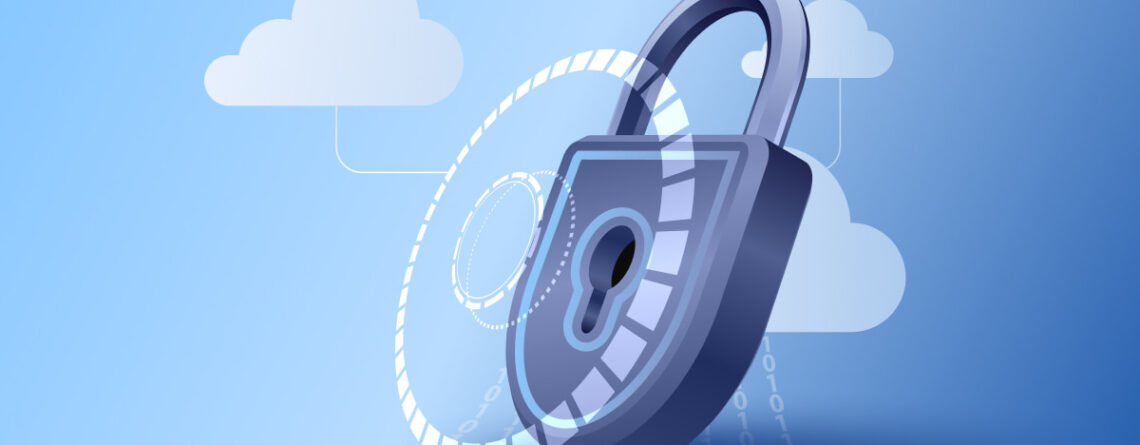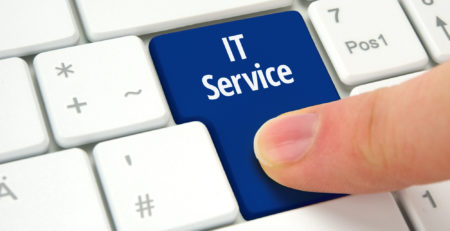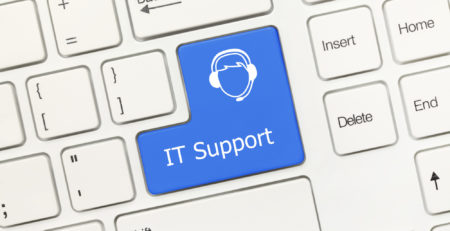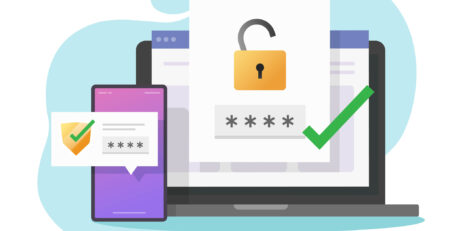Best Network Security Practices for Securing Your Infrastructure
In today’s hyper-connected world, small businesses rely on network infrastructures for everything—from managing client data to streamlining operations. But with this reliance comes an undeniable risk: cyber threats. For small businesses, often with limited IT resources, network security can feel daunting. However, it doesn’t have to be. By adopting strategic practices, you can create a robust defense that keeps your business safe. Here’s how to make that happen.
To start, let’s address one of the simplest yet most overlooked aspects of network security: passwords. Weak or reused passwords are a hacker’s golden ticket. Businesses should establish strong password policies, requiring employees to use complex, unique passwords for each account. Tools like password managers can ease the burden of remembering countless passwords, while policies encouraging regular updates ensure vulnerabilities are minimized.
Keeping software and hardware up to date is another cornerstone of network security. Cybercriminals often exploit outdated systems with known vulnerabilities. Regularly updating operating systems, applications, and firmware can close these gaps. Where possible, automate updates so that you’re always a step ahead.
Meanwhile, firewalls play a critical role in network protection. They act as a barrier, blocking unauthorized access and allowing legitimate traffic through. Configuring a reliable firewall isn’t optional—it’s essential. Small businesses might benefit from using a combination of hardware and software firewalls for added layers of protection.
Encryption is equally important. Securing your Wi-Fi with the latest WPA3 encryption standard is non-negotiable. Beyond that, encrypting sensitive files and communications can protect your data, even if it falls into the wrong hands.
The structure of your network also matters. By segmenting your network into distinct sections, you can limit the spread of any breach. For instance, separating guest Wi-Fi from your core business network ensures outsiders don’t have access to your sensitive data.
But technology alone isn’t enough. Employees are often the weakest link in cybersecurity. Training your team to recognize threats like phishing emails and understand basic security protocols can make a huge difference. A well-informed workforce acts as an additional line of defense, significantly reducing the likelihood of human error leading to a breach.
Then there’s the matter of backups. Imagine the nightmare of a ransomware attack or unexpected hardware failure. Without current, secure backups, such incidents could bring your business to a standstill. Ensure critical data is backed up regularly, with copies stored both on-site and off-site, and test those backups periodically to ensure they’re reliable.
Another critical measure is multi-factor authentication (MFA). MFA adds an extra layer of security, requiring users to verify their identity using at least two methods—like a password and a smartphone verification code. This makes it exponentially harder for unauthorized users to gain access.
Monitoring your network for unusual activity is vital. Cybersecurity threats evolve quickly, and early detection is key. Small businesses can employ tools like intrusion detection and prevention systems (IDPS) to spot and respond to potential threats in real time.
Finally, don’t hesitate to seek professional help. Cybersecurity is a complex, ever-changing field, and small businesses often lack the resources to manage it alone. Partnering with managed service providers (MSPs) who specialize in network security can provide the expertise and support you need to stay protected.
Securing your network infrastructure isn’t a one-and-done task; it’s a continuous effort that requires vigilance and proactive measures. By prioritizing security, small businesses can protect their operations, reputation, and—most importantly—the trust of their clients. In an increasingly digital world, such a commitment to cybersecurity isn’t just wise; it’s essential.











Leave a Reply